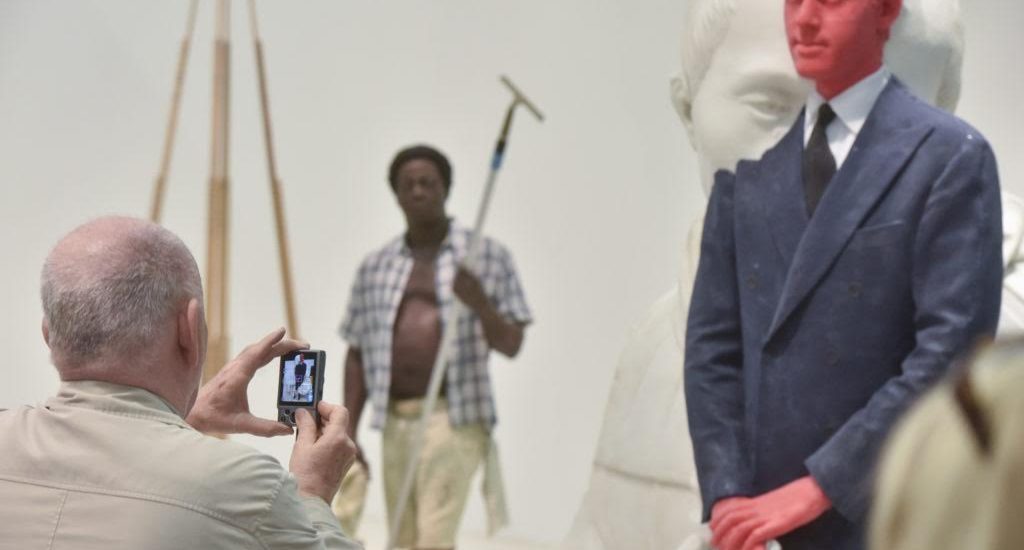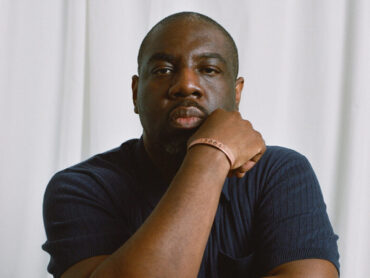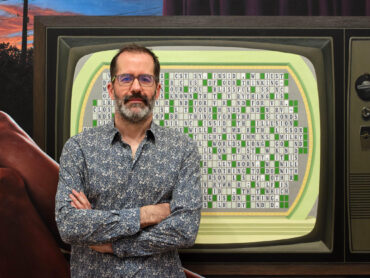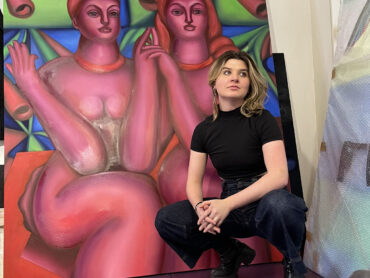Without a doubt, Art Cologne is Germany’s pre-eminent trade show for contemporary and modern art and 2018 saw the 52nd year of a commercial success story with all kinds of ups and downs. “The art world has evolved greatly over the last ten years”, says Daniel Hug, the show’s Swiss director, and he is right: It is not easy to always maintain a fresh spirit when a show has been going on for so long. Cologne as a city is sometimes seen as tired and in dire need of a new make up. Art Cologne however manages to impress.
Perhaps the city’s long standing rivalry with wealthy neighbor Dusseldorf helps. Since last year, Dusseldorf has its own art show supported by none other than the Swiss Messegesellschaft, carrier of the giant Art Basel franchise. “Cologne is as strong as ever and much stronger than Art Düsseldorf,” assures the dealer Johann König.
This year, Julia Stoschek received the show’s prestigous Art Cologne Award that honors patrons, “I
It is an exciting event”, says Kristian Jarmuschek, president of the German gallery association. Stoschek an avid collector and supporter of media art, owns more than 750 works, mainly by european and american artists, Marina Abramovic, Björk Olafur Ellisasson and Christof Schlingensief.
This year More than 200 galleries from 31 countries presented contemporary and modern art. The venue is wider now, more open. In the past the booths were swarmed by visitors during the busy opening days, but now it is much more generous and spacy over three enormous levels. Gagosian used his space rather minimalistically this year with only a handful of installations to great effect with Duane Hanson’s Window Washer, 1984.
So, who bought during Art Cologne? This is perhaps the foremost question for many. There are some interesting differences between Germany and the US.
“The bulk of collectors in Germany, our bread and butter, is a lot of professionals, like well-to-do dentists and lawyers and doctors, who buy a few artworks per year and spend maybe €150,000,” said Daniel Hug,“It’s not glamorous, but if you have a thousand of these guys, that’s buying power.”
Germany is, of course, one of Europe’s wealthiest nations and large enough to make this system a success.
Another difference is that Germany has almost no tradition of art consultants working for mega collectors. So it is the mid sized galleries that work for mid-sized collections directly. This saves money but is perhaps less glamorous





